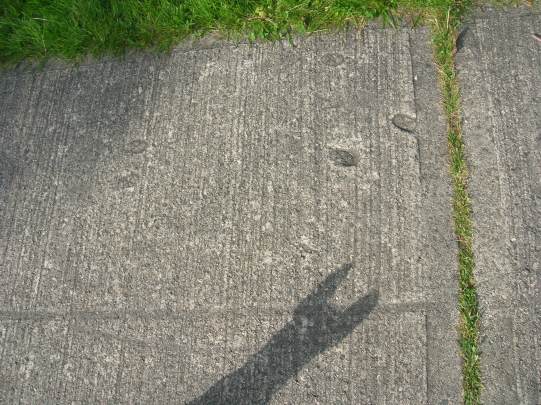Distinguishing hypothetical systems of PS beads by g(s*) analysis of simulated AUC data to which noise has been added, and quantifying the statistical significance of any observed distinguishability.
Link to the latest draft: noise-vs-distinguishability draft of July 31, 2015. (First published on March 26, 2014.)
Links to data files are given below.
This document applies material from Johnston-Ogston effects in AUC simulations of two model systems based on polystyrene beads that are polydisperse with respect to specific gravity; The apparent sedimentation coefficient, s*, and its distribution function, g(s*), within -∞ < s* < ∞; and An irreversible thermodynamic description of analytical ultracentrifugation (AUC) applied to a solution of the time- and gravitational-potential-space-dependent Lamm equation; to which links are provided in accompanying posts (Johnston-Ogston effects with PS beads, g(s*) within -∞ < s* < ∞ and Irreversible thermodynamics of AUC and MCE, respectively).
This work examines the effects of noise on the distinguishability of mixtures subjected to analytical ultracentrifugation (AUC). The mixtures are hypothetical, the AUC is simulated, and the noise, which consists of both systematic and random parts, is generated artificially. For each mixture, the AUC is simulated just once. Replicate samples of a mixture are created by the addition of noise to the simulated AUC data of that mixture. The added noise is unique to each replicate, and the set of replicates that pertains to a particular mixture is defined as a treatment group. Thus, the artificially generated noise is the only source of variation within a treatment group. Across treatment groups, the implicit solvent composition is identical, and the initial concentrations of comparable solutes are as much alike as possible. To ensure that, in the absence of noise, the composition of the system is the only source of variation between treatment groups, for each mixture, the simulated AUC method is identical with respect to parameters that depend on temperature, rotor speed and data collection. Across treatment groups, the simulated AUC data are recorded at identical radial positions at identical times, and the signal-to-mass ratios are identical for comparable materials.
For each replicate of each treatment group at three significantly different times, a common observation is obtained by g(s*) analysis. At each of the three times chosen for analysis, the population mean of the observations within one treatment group is compared to that within every other treatment group. One-way analysis of variance (ANOVA) is used to test whether there are any statistically significant differences in the population means between any of the treatment groups at a given time. To quantify the statistical significance of a difference between any two treatment groups, a Bonferroni-adjusted t-test (2-tailed) is applied to pair-wise comparisons of the population means from different treatment groups at each time. Confidence intervals about the population means are determined and graphed to illustrate selected results from the Bonferroni-adjusted t-tests.
Links to data files from AUC simulations:
m01Ka000 (t = 1 min, 0% Ka > 0);
m36Ka000 (t = 36 min, 0% Ka > 0);
m51Ka000 (t = 51 min, 0% Ka > 0);
m66Ka000 (t = 66 min, 0% Ka > 0);
m01Ka050 (t = 1 min, 50% Ka > 0);
m36Ka050 (t = 36 min, 50% Ka > 0);
m51Ka050 (t = 51 min, 50% Ka > 0);
m66Ka050 (t = 66 min, 50% Ka > 0);
m01Ka099 (t = 1 min, 99% Ka > 0);
m36Ka099 (t = 36 min, 99% Ka > 0);
m51Ka099 (t = 51 min, 99% Ka > 0);
m66Ka099 (t = 66 min, 99% Ka > 0);
m01Ka100 (t = 1 min, 100% Ka > 0);
m36Ka100 (t = 36 min, 100% Ka > 0);
m51Ka100 (t = 51 min, 100% Ka > 0);
m66Ka100 (t = 66 min, 100% Ka > 0).
Each AUC-simulation file consists of three columns of data, of which the first is radial position (cm), the second is the total concentration (g/ml) of the most abundant solute species (L + H + LH), and the third is the total concentration (g/ml) of all solute species (L + H + LH + the 24 low-concentration solute species).
Link to the 98,588 indexed GRN (generally random noise) values to which Table 14 of the noise-vs-distinguishability draft (link given above) refers: XvsZ2012GINupdex. This file consists of three columns of data, of which the first is the index, the second is the unsorted GRN, and the third is the GRN placed in ascending order with respect to the index.
Text or pdf files of the five megillahs, each consisting of 39,000,000 normal random numbers, are too large to upload within a reasonable period of time.
